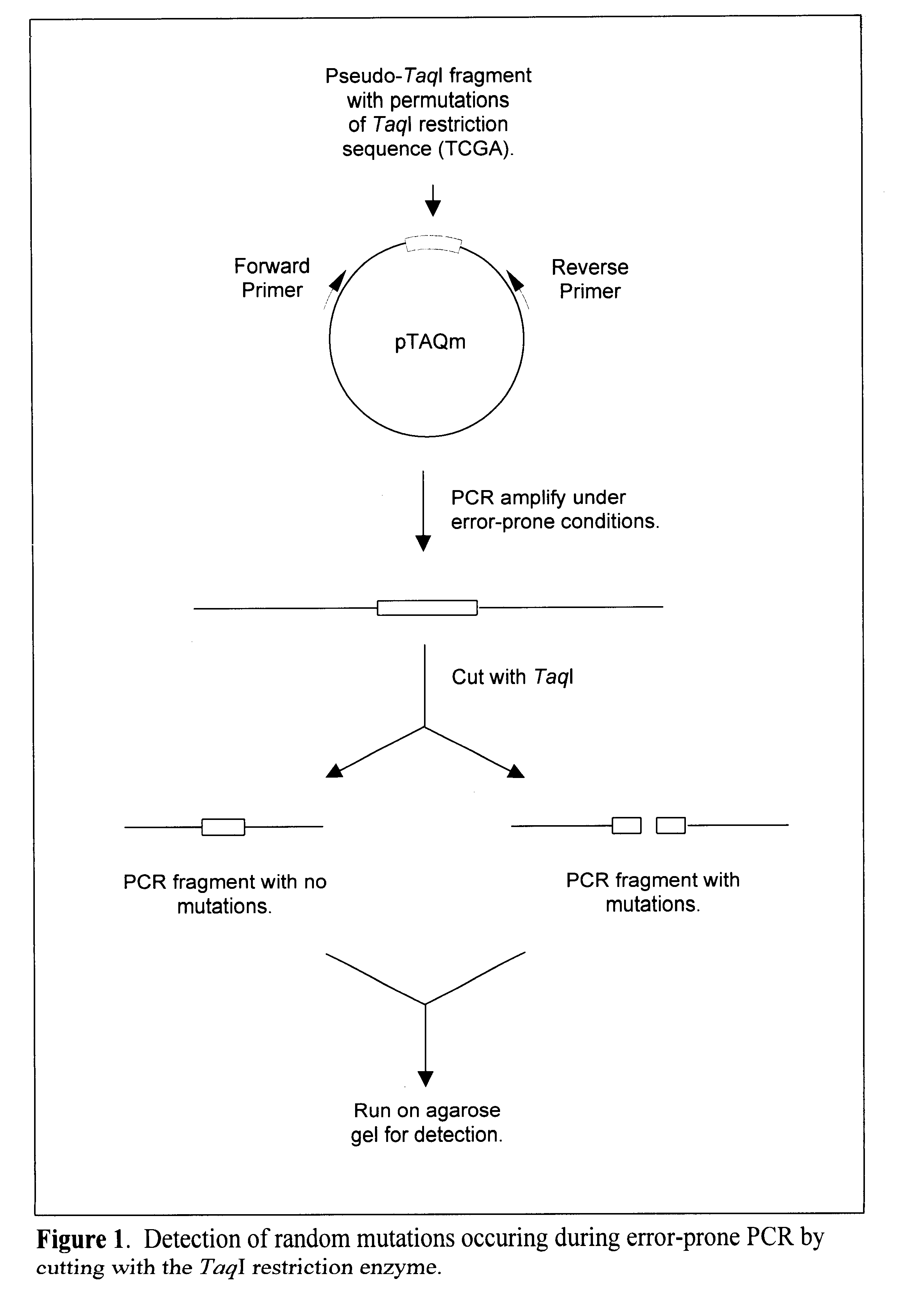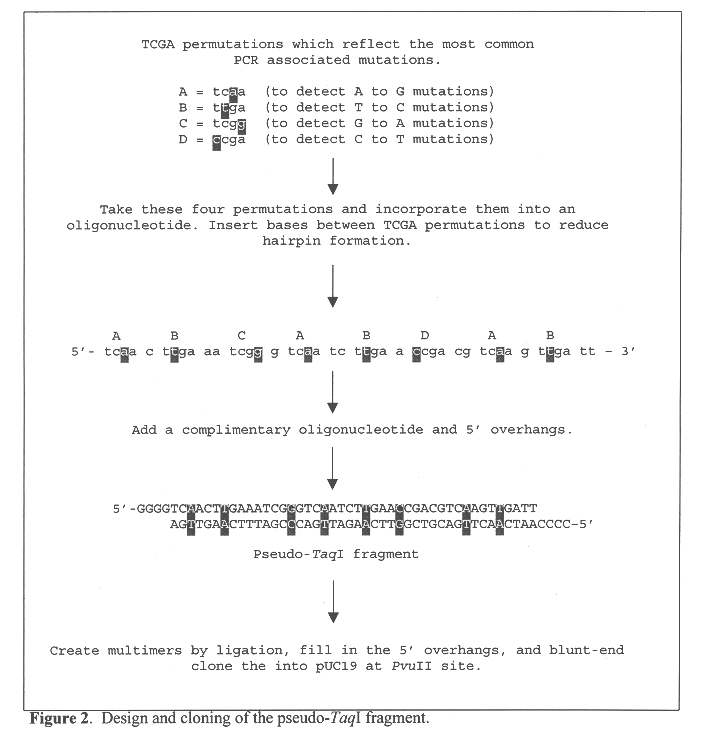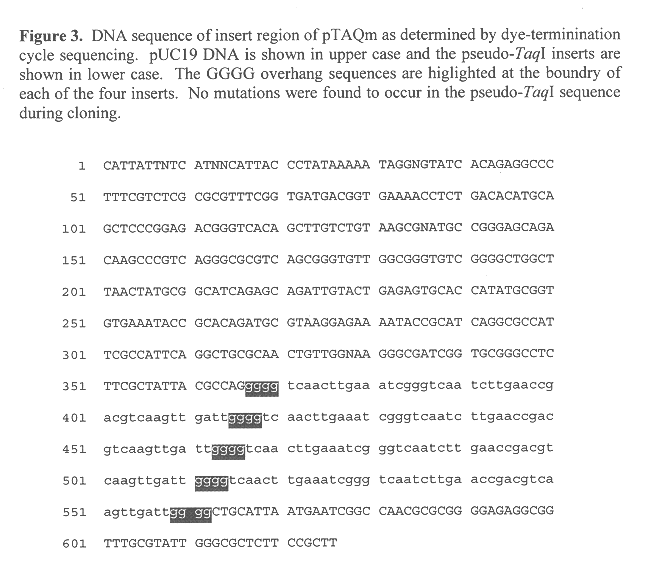Methods and kits for determining the fidelity of polymerase chain reaction conditions
a polymerase chain reaction and fidelity technology, applied in the field of polymerase chain reaction, can solve the problems of high cost and cumbersome work associated with sequencing large numbers of clones, limited the extent of experimentation with respect to pcr and mutational studies in general, and provide little information about the types of mutations occurring
- Summary
- Abstract
- Description
- Claims
- Application Information
AI Technical Summary
Problems solved by technology
Method used
Image
Examples
Embodiment Construction
Methods for evaluating the fidelity of a polymerase chain reaction conditions are provided. In the subject methods, a template polydeoxyribonucleotide comprising a pseudo restriction endonuclease site is amplified under the polymerase chain reaction conditions to be evaluated. The resultant amplified product population is then contacted with the corresponding restriction endonuclease and any resultant cleavage products are detected. The presence or absence of resultant cleavage products is then used to derive the fidelity of the polymerase chain reaction conditions. Also provided are kits for practicing the subject methods. In further describing the subject invention, the methods will be reviewed first in greater detail, followed by a discussion of various applications in which the subject methods find use and a description of kits for practicing the subject methods.
Before the subject invention is further described, it is to be understood that the invention is not limited to the par...
PUM
| Property | Measurement | Unit |
|---|---|---|
| Length | aaaaa | aaaaa |
| Thermal stability | aaaaa | aaaaa |
Abstract
Description
Claims
Application Information
 Login to View More
Login to View More - R&D
- Intellectual Property
- Life Sciences
- Materials
- Tech Scout
- Unparalleled Data Quality
- Higher Quality Content
- 60% Fewer Hallucinations
Browse by: Latest US Patents, China's latest patents, Technical Efficacy Thesaurus, Application Domain, Technology Topic, Popular Technical Reports.
© 2025 PatSnap. All rights reserved.Legal|Privacy policy|Modern Slavery Act Transparency Statement|Sitemap|About US| Contact US: help@patsnap.com



